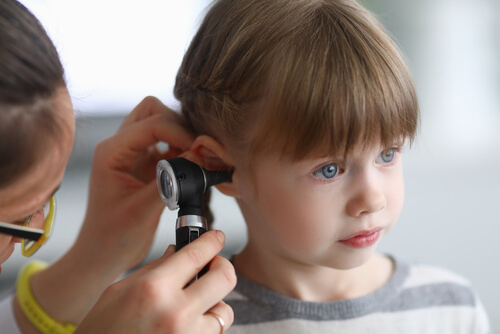
Ear infections can cause significant discomfort and disrupt your daily activities. Recognising the symptoms and seeking medical attention promptly can ensure you receive effective treatment and prevent complications. In this article, we’ll delve into common symptoms of ear infections and diagnostic methods used by healthcare providers.
Symptoms of ear infections often depend on the type of infection. Common signs include an earache, itchy ears, a feeling of fluid in the ear, and even pus discharge. Other symptoms may include a sore throat and ear pain, ear congestion, a swollen ear, or an infection of the eardrum.
Ear pain, or earache, can be a sharp, dull, or burning pain that either comes and goes or is constant. Itchy ears may be irritating and uncomfortable, often a sign of an outer ear infection or ‘swimmer’s ear.’ Fluid in the ear or pus discharge could indicate a middle ear infection or eardrum rupture.
It’s also essential to understand that ear infection symptoms may differ between adults and children. For instance, children might be more likely to experience fever, irritability, or loss of appetite with an ear infection.
Once you seek medical attention for your symptoms, healthcare providers may use several methods to diagnose an ear infection. They might use an otoscope, a tool that allows them to look into your ear canal and observe the eardrum for signs of infection.
If your healthcare provider suspects a middle ear infection or fluid behind the eardrum, they might conduct a tympanometry. This test uses sound and air pressure to check for fluid in the middle ear.
Ultimately, recognising the symptoms of an ear infection and seeking timely medical attention is crucial for effective treatment. If you or your child experience persistent or severe symptoms, consult a healthcare provider immediately.

To provide the best experiences, we and our partners use technologies like cookies to store and/or access device information. Consenting to these technologies will allow us and our partners to process personal data such as browsing behavior or unique IDs on this site and show (non-) personalized ads. Not consenting or withdrawing consent, may adversely affect certain features and functions.
Click below to consent to the above or make granular choices. Your choices will be applied to this site only. You can change your settings at any time, including withdrawing your consent, by using the toggles on the Cookie Policy, or by clicking on the manage consent button at the bottom of the screen.